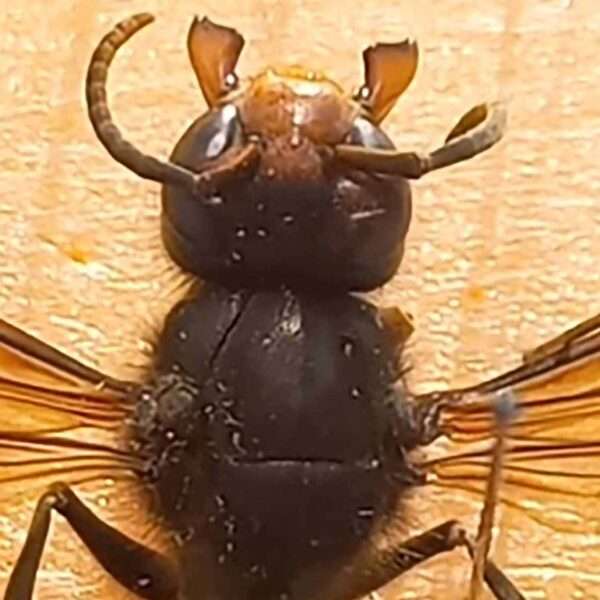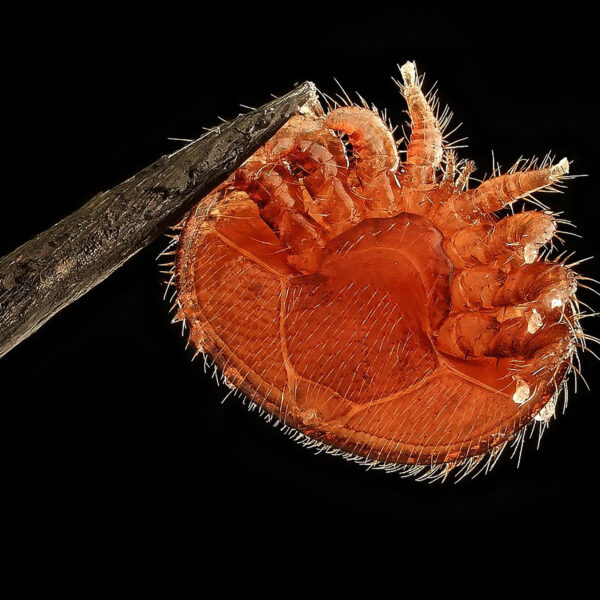Pollinators could have colonised an island in northern Russia after having been carried there by harsh winds, according to scientists.
Grigory Potapov from the Russian Academy of Sciences’ Center for Arctic Research told news agency TASS that five bumblebee species have been discovered living on Kolguyev Island.
Grigory explained that bees are capable of travelling wide distances. He argued it is possible that the species in question migrated from the mainland, which is more than 65 kilometres (40 miles) away.
Kolguyev Island is located in the south-eastern Barents Sea. It measures around 3,500 square kilometres (1,350 square miles), which is almost four times the size of Berlin, the federal capital of Germany.

The island has a tundra climate. In August, the average temperature is around eight degrees Celsius, whereas in February – the coldest month – the median is minus 11.5 degrees Celsius.
Situated close to the Arctic, intense winds are creating hostile living conditions for many animals.
Lars Chittka is a professor in sensory and behavioural ecology at Queen Mary University in London, United Kingdom.
The former Stony Brook University lecturer told Newsweek: “It is fascinating that such a diversity of bumblebees has colonised so barren an island far north of the polar circle.”
Prof Chittka emphasised that “winters are extremely long and harsh and overwintering queens bees must be able to survive freezing temperatures for many months.”
He added: “Spring and summer combined there last only three months, and in this short period, queens have to secure a sheltered nesting site, build honeypots and brood chambers from wax, lay eggs, keep the brood warm, collect nectar and pollen from flowers, and raise workers, males and new queens before freezing temperatures kick in again.”
The author of the acclaimed book “The Mind of a Bee” concluded: “It’s testimony to the extreme resilience of some bumblebees, their ability to keep warm by using flower nectar as an energy source, and their sheltered nest constructions further providing warmth for their young.”











